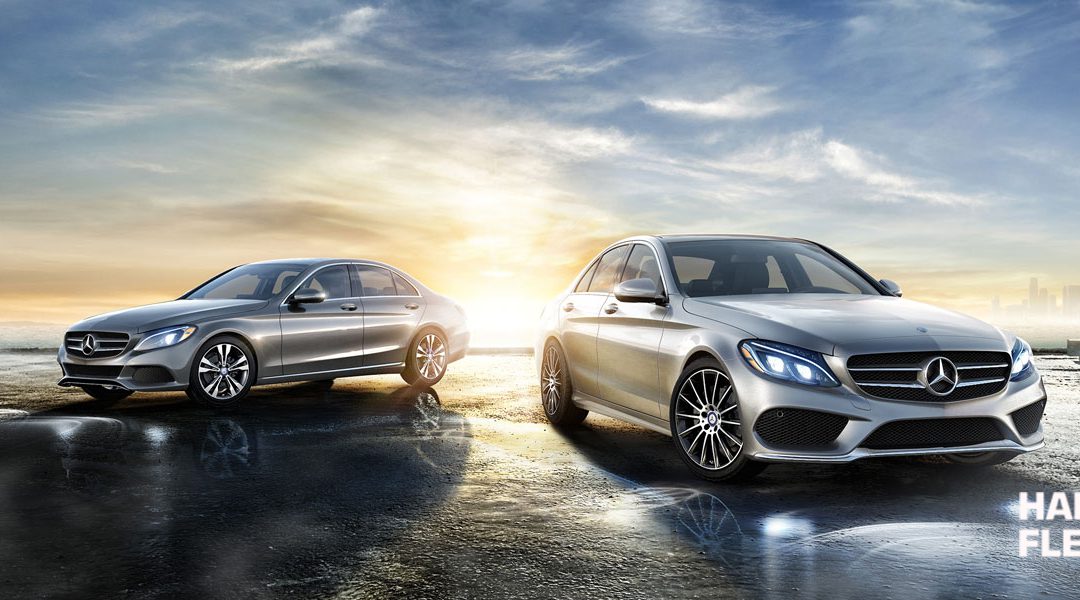Whether you should buy or lease a car depends on your priorities. For some drivers, it’s all about forming an emotional bond with their new car. For others, this is purely a matter of money. No matter which category you fall in, it’s important to understand the key distinctions before you choose which road to go down.
Leasing vs. Buying a Car
You could think of leasing as something similar to renting a car for a longer period of time. That’s usually between 3 or 4 years.
But, when your lease period ends, you don’t necessarily have to return it to the dealer. You may purchase it at a pre-determined amount. This amount will be defined in your lease agreement.
When you buy a car, on the other hand, you become the real owner after you pay off the loan.
Lease Payments
Monthly car loan payments are calculated based on the cost of the vehicle, the duration of the loan, and the interest rate.
Lease payments mostly depend on the cost of the vehicle, residual value, expected mileage, and the length of the lease. Lease payments are almost always lower than monthly payments for a new car.
Similar to taking out a car loan, your lease payments will be lower if you make a down payment. However, low up-front costs are one of the bigger benefits of leasing, so you won’t have to make a sizable down payment to get a better deal.
A New Car Every Few Years
If you are certain that you will want to own the vehicle even after the lease expires, buying it outright might be the better option. But, if you want to drive a brand new ride every couple of years, leasing is the way to go.
And, as mentioned, monthly payments for a lease are lower than monthly payments for a car. Many people use this opportunity to get a more luxurious car, one that they otherwise couldn’t be able to afford.
Shorter Commitment
Due to the ongoing crisis, many businesses, as well as individuals, are worried about their long-term financial security. In times like this, the commitment of buying a car may not be as appealing as it used to be.
Because of this, more and more people are leaning toward more affordable 2 to 3-year leasing contracts.
Manufacturer Incentives
To make car purchases and leases more affordable, many carmakers offer different incentives each month, in addition to standard subsidised leases.
Cashback incentives are one of the things to look for if you want to capitalise on this trend.
Many manufacturers are also offering loyalty programs. You may be eligible for a loyalty incentive if you upgrade to the newest model of the same car after your lease expires.
Manufacturers offer such incentives to hold on to existing customers. However, there are also ‘conquest cash incentives.’ These are essentially the opposite of loyalty programs.
Manufacturers offer exclusive cash incentives to draw drivers who are loyal to another car brand. Conquest incentives are usually worth €400 or more.
Leasing Protects You From Sudden Deprecation
The predicted value of the vehicle at the end of your lease term largely determines what your leasing agreement will look like. However, figuring out exactly how much a vehicle will be worth in three years’ time is difficult—even for lessors.
But, if the value of the car drops significantly, it is not something you have to worry about, it’s the lessor’s problem. On the other hand, if the value of the car significantly increases, you could possibly make a profit by buying it and selling it.
Gap Insurance
Whether you are buying or leasing a car, your auto insurance rate should look more or less the same. But, you want to make sure that the lease includes car gap insurance. Without it, you may be liable for some costs if your car gets stolen or totalled.
Maximising Tax Deductions
A lease will often get you more tax benefits than a loan if you use your car for business purposes.
If you are leasing a car in Ireland through your company, for business purposes, you may recover 20% of the VAT you incurred on your lease payments.
Flexibility
If you buy a car, you can customise it as much as you want and drive it as much as you want. If you make any modifications to a leased car, chances are that you’ll be required to reverse them when your lease ends. This can be costly.
A lease also limits the number of kilometres you may drive. Generally, the annual mileage limit is between 16,000 and 24,000 km. If you exceed the limit, but want to return the car at the end of your lease, you will likely have to pay charges.
However, don’t hesitate to negotiate the terms with the lessor. To ensure satisfaction on both ends, we offer tailored leasing to our clients.
Worry-Free Maintenance
Every new car comes with a warranty. No matter what car you get, you can expect the warranty to last for at least three years. So, most of the repairs will be covered. A standard leasing agreement largely eliminates the hazards of significant unforeseen expenses.
However, you will have to pay for excess wear and tear. You’d want to make sure that the wear and tear standards are reasonable if you are considering leasing a car. A little wear and a few nicks are unavoidable, so it’s important to read this part of the lease carefully.
Takeaway
There are significant advantages to leasing a car, especially if you are doing it for business purposes. But, the key is to find a leasing company that is willing to meet your unique needs.
Make sure to tell the lessor the number of kilometres you want to drive, your preferred length of the lease, and the amount you want to pay in drive-off fees. Every part of the deal is negotiable.

